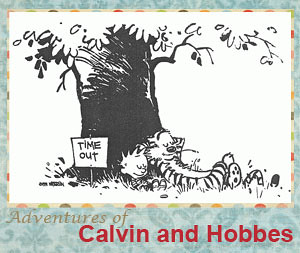A single share of Coca-Cola stock, purchased in 1919, when the company went public, would have been worth $92,500 in 1997.
Americans consume 42 tons of Aspirin per day.
Americans spend more than $5 billion a year on cosmetics, toiletries, beauty parlors and barber shops.
Bayer was advertising cough medicine containing Heroin in 1898.
Carbonated soda water was invented in 1767 by Joseph Priestley, the discoverer of oxygen.
Cheerios cereal was originally called Cheerioats.
Chewing gum was patented in 1869 by William Semple.
Coca-Cola was so named back in 1885 for its two medicinal ingredients: extract of coca leaves and kola nuts. As for how much cocaine was originally in the formula, it's hard to know.
Cocaine used to be sold to cure sore throat, neuralgia, nervousness, headache, colds and sleeplessness in the 1880s.
During the Prohibition, at least 1565 Americans died from drinking bad liquor, hundreds were blinded, and many were killed in bootlegger wars. Federal agents and the Coast Guard made 75,000 arrests per year.
False eyelashes were invented by film director D.W. Griffith while he was making the 1916 epic, "Intolerance." He wanted actress Seena Owen to have lashes that brushed her cheeks.
Gatorade was named for the University of Florida Gators, where it was first developed.
Hershey's Kisses are called that, because the machine that makes them looks like its kissing the conveyor belt.
The ball-point pen was invented by two hungarian brothers: Georgo and Lazlo Biro.
In 1965, LBJ enacted a law requiring cigarette manufacturers to put health warnings on their packages.
In 1984, a Canadian farmer began renting out advertising space on his cows.
In the 1700s, European women achieved a pale complexion by eating "Arsenic Complexion Wafers", which contained the actual poison.
Insulin was discovered in 1922 by Sir Frederick Banting and Dr. Charles Best.
Jergens Lotion was created in 1880 by Andrew Jergens, a former lumberjack.
Kotex was first manufactured as bandages, during World War 2.
Laser stands for "Light Amplification by Stimulated Emission of Radiation" and was developed in the 1950s and 1960s.
Levi Strauss blue jeans with copper rivets were priced at $13.50 per dozen in 1874.
Money isn't made out of paper. It's made out of linen.
Most american car horns honk in the key of F.
Most lipstick contains fish scales.
All food products are allowed to have a small amount of impurities. Large quantities of cereal for instance can contain dust or dead bugs.
Penicillin was first produced synthetically in a laboratory in 1946.
The very first personal computer, the Apple II, went on sale in 1977.
The Baby Ruth candy bar was actually named after Grover Cleveland's baby daughter, Ruth.
The Butterfinger candy bar was first produced by Chicago's Curtiss Candy Co. in 1923. As an advertising gimmick, candy bars were dropped from an airplane on cities in 40 states.
The first brand of Wrigley's chewing gum was called Vassar, named after new New England woman's college. Next were Lotta and Sweet Sicteen Orange. In 1915, Wrigley promoted their new spearmint-flavored chewing gum by mailing 4 sample sticks to each of the 1.5 million names listed in the US telephone books.
The condom was invented in the early 1500s, and was originally made of linen.
The electric chair was invented by Dr. Alphonse Rockwell, and was first used on William Kemmler on August 6, 1890.
The very first Corvette rolled off the Chevrolet assembly line in Flint, MI in 1953. It sold for $3,250.
The first credit card, issued in 1950, was Diner's Club. Frank X. McNamara started the company with 200 card holders. Today there are 2 credit cards for every person in the United States.
The first seeing eye dog was presented to a blind person on April 25, 1938.
The first suburban shopping mall was opened in 1922 by National Department Stores in Saint Louis.
The very first US consumer product sold in the Soviet Union was Pepsi Cola.
The glue on Israeli postage stamps is certified kosher.
VHS stands for Video Home System.
Two out of three car buyers pay the sticker price without arguing.
Townsend SPeakman of Philadelphia mixed fruit flavor with soda water in 1807, creating the very first flavored soda pop. He called it Nephite Julep.
Subscribe to:
Post Comments (Atom)


















No comments:
Post a Comment